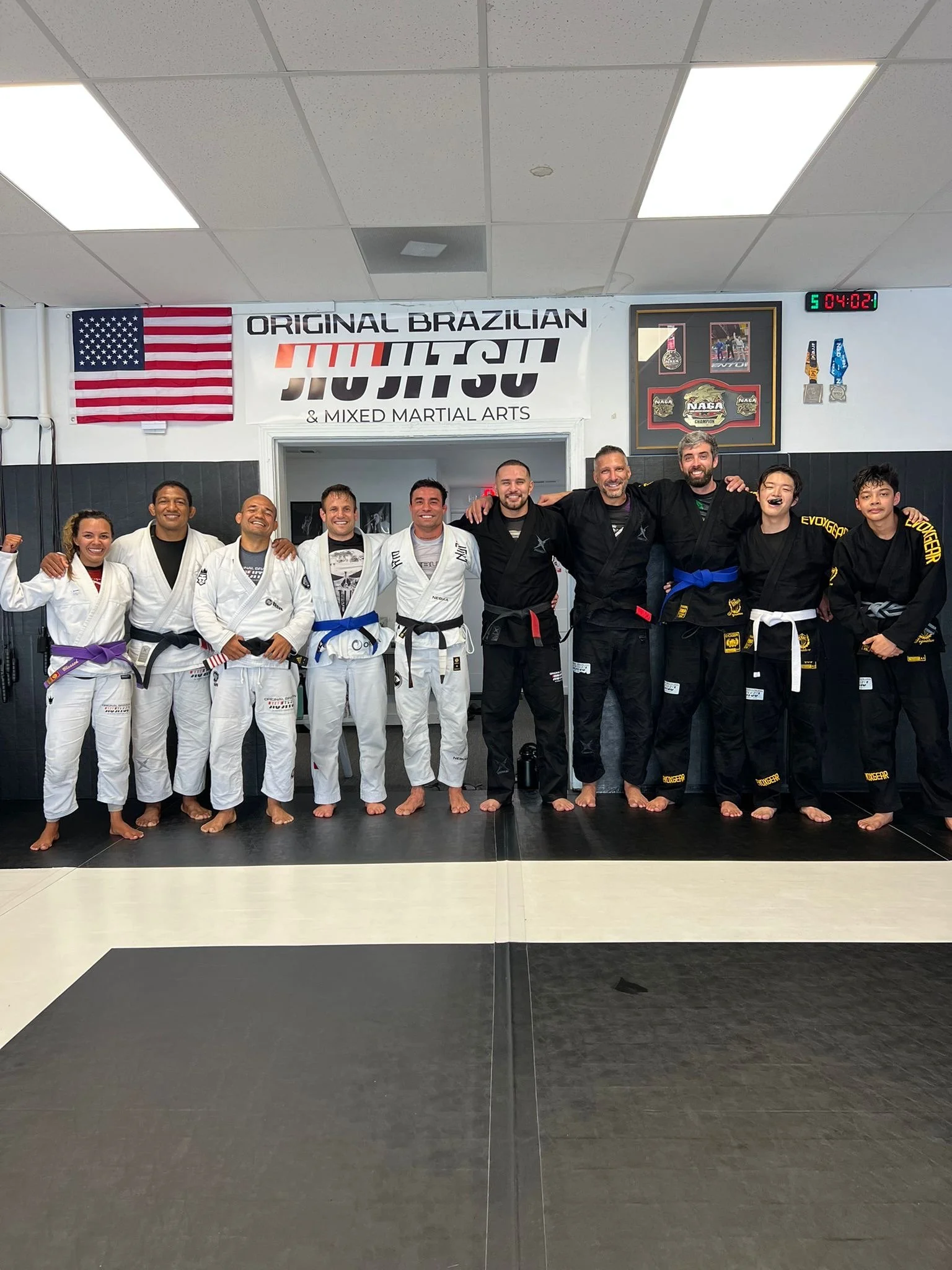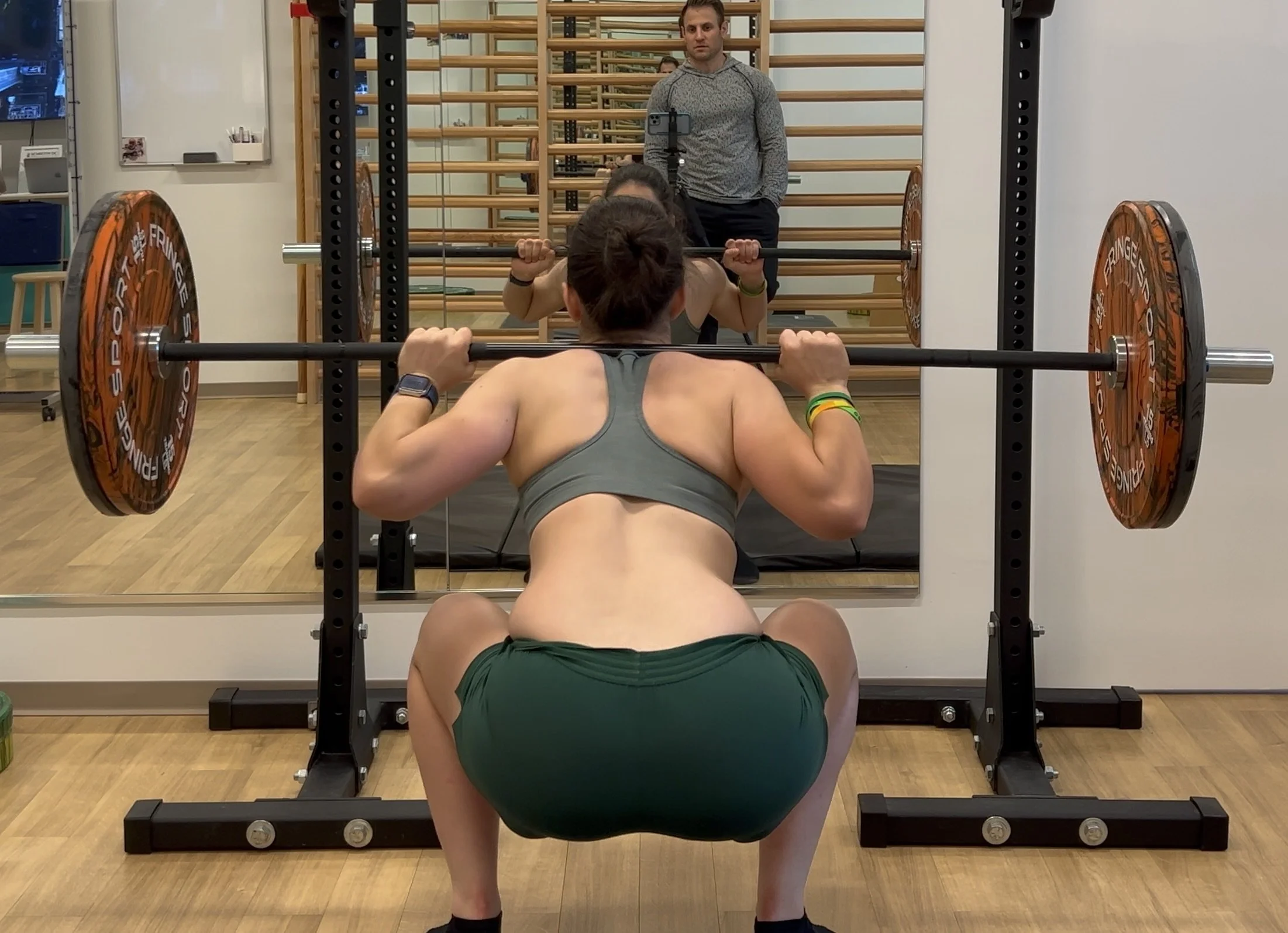Tapped Out and All In: My Humbling Start in Brazilian Jiu Jitsu
I had no experience—none. No wrestling background, no martial arts training, no idea what I was stepping into. But something about Brazilian Jiu Jitsu drew me in. Maybe it was the challenge. Maybe the curiosity. Or maybe I just needed a new training stimulus. Whatever it was, I jumped in.
And I got crushed.
Getting caught….again. Armbar #187.
I think I saw this one coming. Still couldn’t stop it. One day…
I was so unfamiliar with BJJ that in my first class, I didn’t even know you could grip the gi. People grabbed mine, moved me like a rag doll, and choked me with their gi—and sometimes even my own. I tried to muscle through everything, only to get folded, submitted, exhausted, and humbled—over and over again.
But that’s the beauty of BJJ: you can’t fake your way through it. You have to show up, struggle, and learn the hard way. And in that process, you grow.
From the very beginning, I noticed something different about this space. Every session is a partner workout. There’s no solo grind. You’re constantly working, learning, and sometimes suffering with someone else. People often talk about the sense of community in CrossFit, and I respect that, but BJJ? It’s on a whole other level.
There’s a unique bond that forms when you’re choking each other, tapping from an armbar, and fist-bumping afterward. And when someone taps you in a way you didn’t see coming, your first instinct isn’t resentment, it’s curiosity: “How did you do that?!”
The mat teaches lessons fast. It breaks you down and builds you back up, one roll at a time. People you barely knew a month ago become the ones pushing you through hard days, keeping your ego in check, or casually reminding you mid-roll that you’ve still got a lot to learn.
Finishing up a great rolling session with an even greater crew.
There’s also something powerful about watching others improve, whether it’s pacing better, getting more technical, or simply starting to grasp the fundamentals. It’s a kind of wellness that goes beyond physical fitness. It’s mental. Emotional. At times, even spiritual.
Then there are the moments during sparring that stay with you. You’re completely spent with legs shaking, arms heavy, lungs on fire. And yet, you hang on. You endure. Then something shifts. Your partner starts to fade. Their breathing gets heavier. Their pace slows. And somehow, from deep inside, you find another gear.
You breathe. Refocus. Move.
You shift position, take control, and end up on top. That gritty, quiet triumph stays with you. It teaches you that you have more inside than you realized. It helps you tap into your reserve tank.
My early failures in BJJ taught me something I now carry into every session with my patients: progress doesn’t come from perfection, it comes from presence.
Presence of mind. The mindset to stay curious, to keep showing up, to learn from both wins and losses.
This blue belt marks one thing: I’m starting to understand the basics. It’s a sign of progress, not perfection—and I’m just getting started.
One thing I often encourage my patients to do is to explore movement. Traditional workouts tend to be linear and repetitive. We fall into familiar patterns (same lifts, same routines). That’s why I’ve always loved the dynamic, expressive nature of disciplines like dance, yoga, soccer, martial arts—especially BJJ.
These practices require focus. They demand presence. You’re not just moving, you’re learning. Uploading new software. Teaching your brain new patterns. Engaging on every level.
Working with scoliosis patients through the Schroth Method has made this even more clear.
It’s not always the exercise itself that drives change. It’s the act of being present:
Present with your body.
Your breath.
Your thoughts.
Your environment.
When you’re fully tuned in, you create the conditions for your brain and body to connect, adapt, and create lasting change.
Focus3D in action.
Each image captures the essence of presence, full attention to breath, alignment, and correction. These moments show what it means to be 100% engaged, applying Focus3D principles through intentional, grounded movement.
For years, I moved through workouts distracted—music playing, podcasts on, sometimes even scrolling between sets. I was moving, but I wasn’t in the movement.
The best way I can relate this to lifters is this: during warm-ups, you might chat, glance at the gym TV, or vibe to your playlist.
But when you start lifting 85–90% of your one-rep max, or going for a true max effort, everything changes.
Your focus sharpens.
Suddenly, every detail matters.
Your grip is dialed in with each finger feeling the knurling.
You position your back and neck until you find the perfect shelf.
Your feet root into the floor.
You brace. You breathe.
You feel every shift of tension and torque.
You’re not just lifting, you’re immersed in it.
That level of presence is where transformation happens.
So wherever you are in your journey, on the mat, under a barbell, or showing up for yourself in rehab, challenge yourself to be present.
Stay FOCUS3D.
And most importantly—explore movement.





